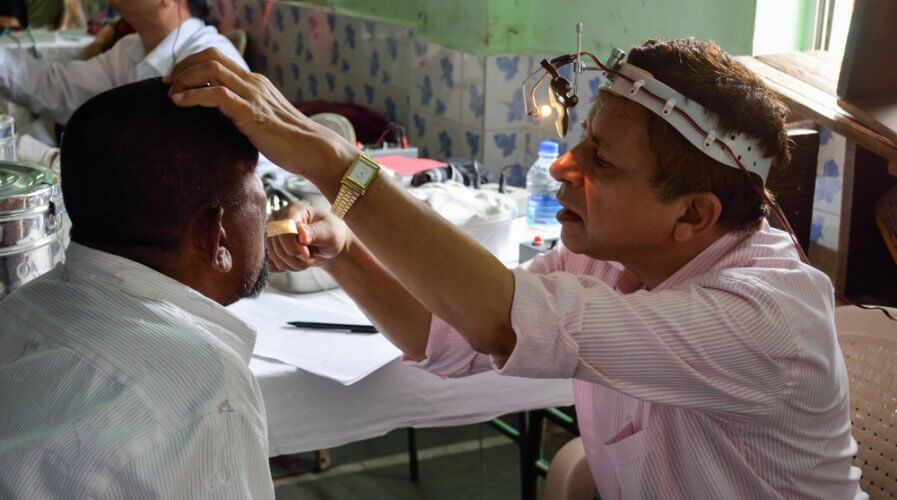
Medical devices used may be using vulnerable operating software. Source: Shutterstock
US officials identified cyber threats in medical operating software
IN THIS increasingly progressive world, data is accessible with just a few taps and clicks, which is prominently rewarding and positive for businesses looking to digitize their operations.
However, cybersecurity is always an issue, causing unexpected circumstances to arise, leaving the organization and its customers vulnerable to losses and thefts of all kinds.
As data become more valuable, cyber threats increase; this time, medical operations seem to be at an increased risk. US cybersecurity researchers have identified 11 threats in software used in medical devices.
Such systems are at the core of a range of devices used in medical facilities such as hospitals and clinics. The vulnerabilities in the software make them susceptible to cyberattacks aimed at stealing and manipulating data.
Medical devices that are impacted are those that are hosted by the software and are connected to any type of network may it be LAN or wi-fi. This is due to the fact that this software functions by connecting computer networks, linking them to the devices.
To give a better picture, hackers may be able to break into the software system through the vulnerabilities and break down the network security defense in order to steal data. Unauthorized access to data is not the only threat; hackers are also able to control the software system remotely and maneuver the devices.
The threats are considered “urgent” and serious because they can cause several types of disruptions, including causing the devices to fail altogether. Once cybersecurity is compromised, hackers can manipulate the devices’ functions, tamper with its features, cause it to deny an instruction, or simply force it to shut down.
Medical institutes have been alerted of these issues and have been asked to contact device manufacturers to discuss the threats and mitigate them appropriately.
In fact, the software developers seem to be addressing the issue already and have informed the public that newer systems are using an improved version of the software.
Nevertheless, the FDA has suggested that medical institutions take appropriate action to safeguard patients, starting with assessing changes to medical devices currently in use.
Despite threats and historical cyberattacks, healthcare professionals will continue to offer services and leverage different technology-based solutions in disruptive scenarios.
READ MORE
- Safer Automation: How Sophic and Firmus Succeeded in Malaysia with MDEC’s Support
- Privilege granted, not gained: Intelligent authorization for enhanced infrastructure productivity
- Low-Code produces the Proof-of-Possibilities
- New Wearables Enable Staff to Work Faster and Safer
- Experts weigh in on Oracle’s departure from adland


